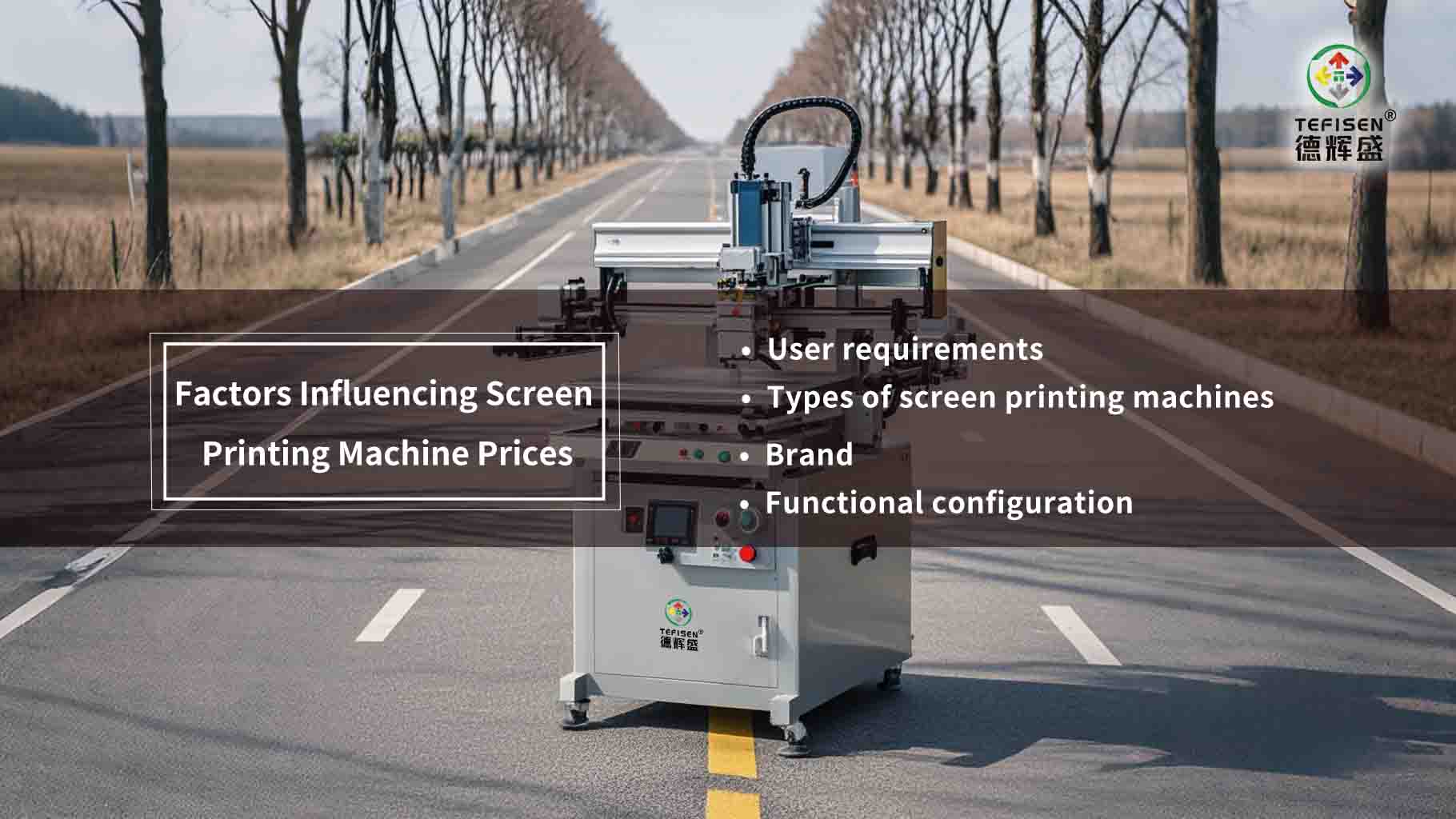How Much Does a Screen Printing Machine Cost?
[Abstract] How much does a screen printing machine cost? This is a question every prospective buyer of screen printing machines wants answered. Now let’s break down the pricing from various perspectives. First, consider what problem you want the machine to solve. For example, if you need to print on golf balls, a curved screen printing machine is the right choice. If your product requires 8-color printing with high production efficiency, your budget will determine whether you purchase a semi-auto, fully auto, or multi-color machine.

Screen printing machines, also known as silk screen printers, are widely used in industrial printing due to their broad application range and operational flexibility. From manual devices to fully automated and intelligent models, the market offers a diverse selection of screen printing machines with significant price differences. So, how much does a screen printing machine really cost? To help users better understand price structures and selection criteria, this article provides an in-depth analysis of the factors influencing prices, price ranges, usage scenarios, additional costs, cost-performance analysis, market trends, and purchasing recommendations, based on industry data and popular models.
I. Key Factors Affecting the Price of Screen Printing Machines
1. Machine Type
The type of screen printing machine is the primary factor influencing its price. Different machine types serve distinct functions and levels of complexity:
• Flat Screen Printing Machines: Suitable for printing on flat surfaces, such as metal sheets or paper. These machines are relatively inexpensive with simple functionality.
• Curved Screen Printing Machines: Designed for curved objects like bottles and cylinders, requiring higher technical capabilities, and thus costing more.
• Fully Automatic Screen Printing Machines: Equipped with intelligent controls for large-scale production; they are the most expensive type.
2. Brand and Manufacturer
Pricing varies significantly between domestic and international brands:
• International Brands: For example, SHINKO (Japan) and Inkcups (USA) offer machines priced at RMB 200,000–500,000, characterized by high precision and stability.
• Domestic Brands: Brands like TEFISEN are renowned for their cost-effectiveness. Fully automated curved screen printing machines are priced from tens of thousands of RMB and above, offering complete functionality at competitive rates.
3. Functional Configurations
Automation level, printing speed, and drive systems directly impact pricing. For instance, machines equipped with servo drive systems and LED curing functionality can cost 30%-50% more than basic models.
II. Price Ranges for Different Types of Screen Printing Machines
Based on market research and industry cases, the approximate price ranges for various screen printing machines are as follows:
1. Manual Screen Printing Machines
• Price Range: RMB 2,000–5,000
• Market Characteristics: Suitable for small-scale production and laboratory testing. These machines have simple structures but demand skilled operators, ideal for cost-conscious small workshops.
2. Semi-Automatic Screen Printing Machines
• Price Range: RMB 10,000–50,000
• Market Applications: Designed for small to medium-sized businesses, these machines automate some processes, such as printing, while requiring manual operation for loading and unloading.
• Popular Models: TEFISEN’s TFS-300 series is a high-value, reliable choice.
3. Fully Automatic Screen Printing Machines
• Price Range: RMB 100,000–500,000
• Market Demand: Aimed at large-scale industrial production, these machines reduce labor costs and improve efficiency.
• Case Study: TEFISEN’s TFS-500E fully automatic curved screen printing machine, specifically designed for cosmetic bottles, is priced significantly lower than international brands. It features robotic feeding, LED drying systems, and can print 20–30 bottles per minute.
III. Impact of Usage Scenarios on Pricing
The price of screen printing machines varies across different usage scenarios, influenced by industry demands and material shapes:
1. Industry-Specific Needs
• Cosmetic Industry: Requires high-precision printing with intricate designs, often opting for fully automatic curved screen printers priced at RMB 200,000–300,000.
• Electronics Industry: Demands micro-printing and high resolution; machines like SHINKO’s fully automatic precision printers exceed RMB 500,000.
• Textile Industry: Focuses on large printing areas with lower precision requirements, with flat screen printers priced at RMB 50,000–100,000.
2. Material and Shape Specifics
Printing on curved or irregular objects requires customized fixtures, adding 10%-15% to equipment costs. For instance, screen printers for irregular toy shapes involve custom tooling that increases overall costs.
IV. Additional Costs to Consider
When budgeting, additional costs beyond the equipment price must be accounted for:
1. Installation and Commissioning Costs
• Domestic brands often include free installation and commissioning, while international brands may charge RMB 3,000–5,000.
2. Consumables and Maintenance
• Consumables: Screen costs RMB 100–300 per piece; ink costs RMB 1,000–2,000 per barrel.
• Maintenance: Annual servicing of servo motors and transmission systems costs RMB 2,000–5,000.
3. Training Costs
• Training for new equipment operation is typically free for domestic brands but costs RMB 2,000–5,000 for certain international brands.
V. Cost-Performance Analysis: Choosing the Right Screen Printer
1. Startups
For small order volumes, semi-automatic machines like the TFS-300 series are recommended, balancing production efficiency and budget. Initial investment should ideally stay within RMB 30,000–50,000.
2. Standardized Factories
For large orders, prioritize efficiency and stability with fully automatic machines like the TFS-500E curved screen printer. While these machines are pricier, they offer faster ROI through increased productivity and reduced labor costs.
3. Key Considerations
• Production Efficiency: Printing speed per hour.
• Quality Stability: Suitability for mass production.
• After-Sales Service: TEFISEN’s free maintenance services significantly reduce long-term operating costs.
VI. Market Trends and Purchasing Advice
1. Opportunities and Risks in the Used Equipment Market
• Advantages: Used machines cost 30%-50% less than new ones.
• Risks: Carefully inspect the machine’s age and performance to avoid excessive repair costs.
2. Impact of Future Technological Trends
• Smart Equipment: Industrial 4.0 technology enhances automation and intelligent control, likely increasing the price of fully automated screen printers.
• Environmental Requirements: Compliance with stricter environmental standards, such as low energy consumption and eco-friendly inks, may raise development costs.
3. Purchasing Tips
• Brand Selection: Choose reputable brands to ensure quality and after-sales service.
• Contract Review: Clarify warranty coverage, installation services, and training details to avoid hidden costs.
Conclusion
The cost of screen printing machines varies from a few thousand to hundreds of thousands of RMB, depending on type, brand, functionality, and usage scenarios. When purchasing, businesses should consider their needs, budget, and future plans to select the most cost-effective equipment.

